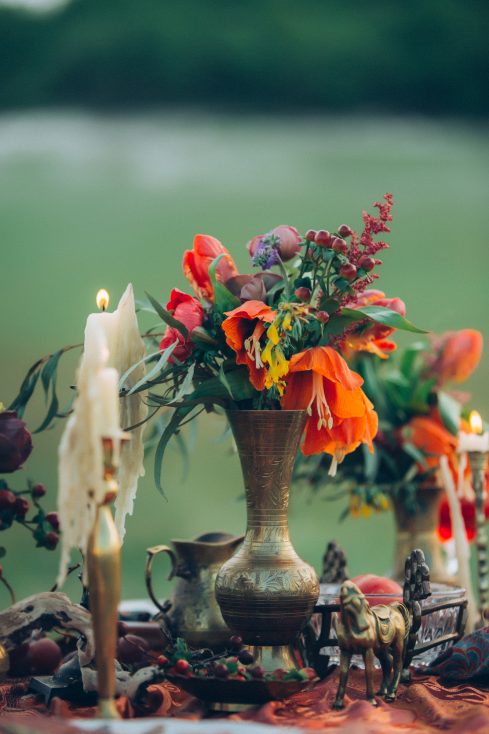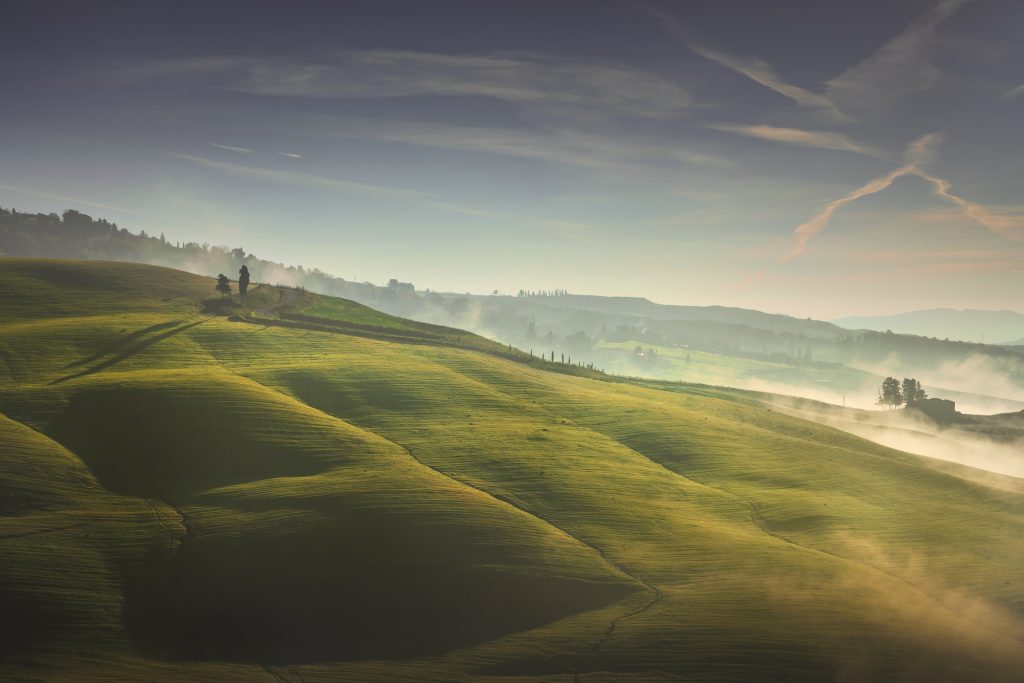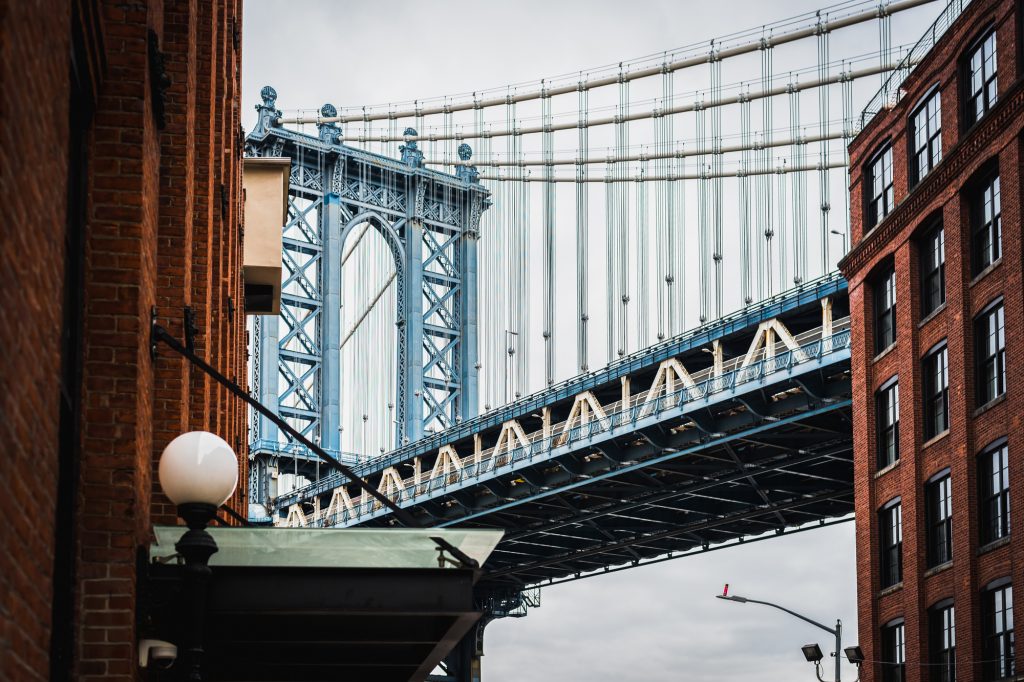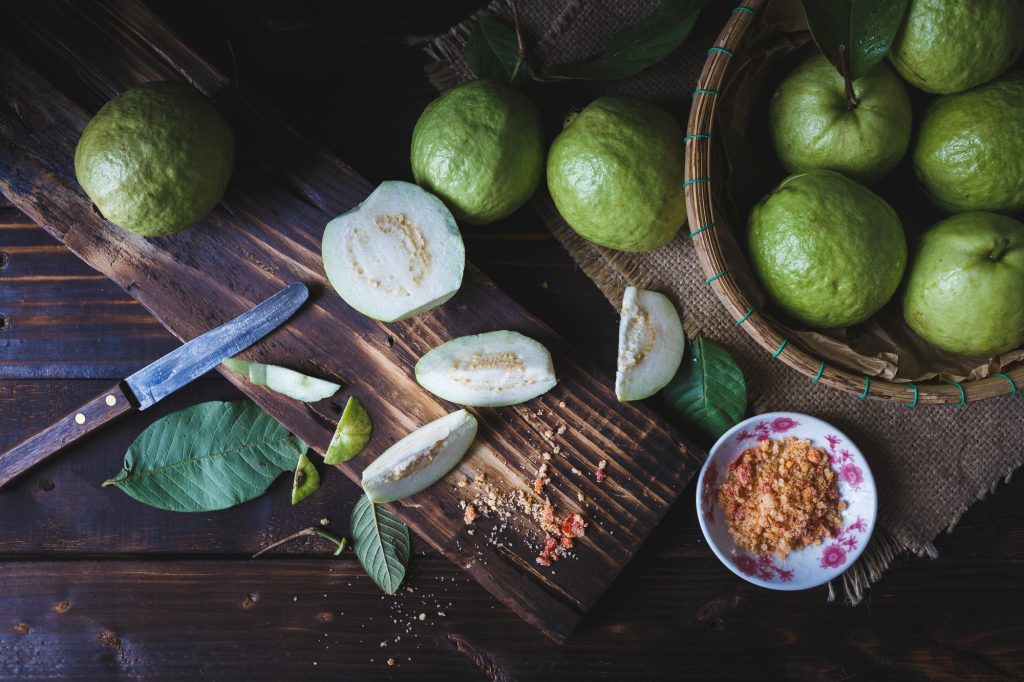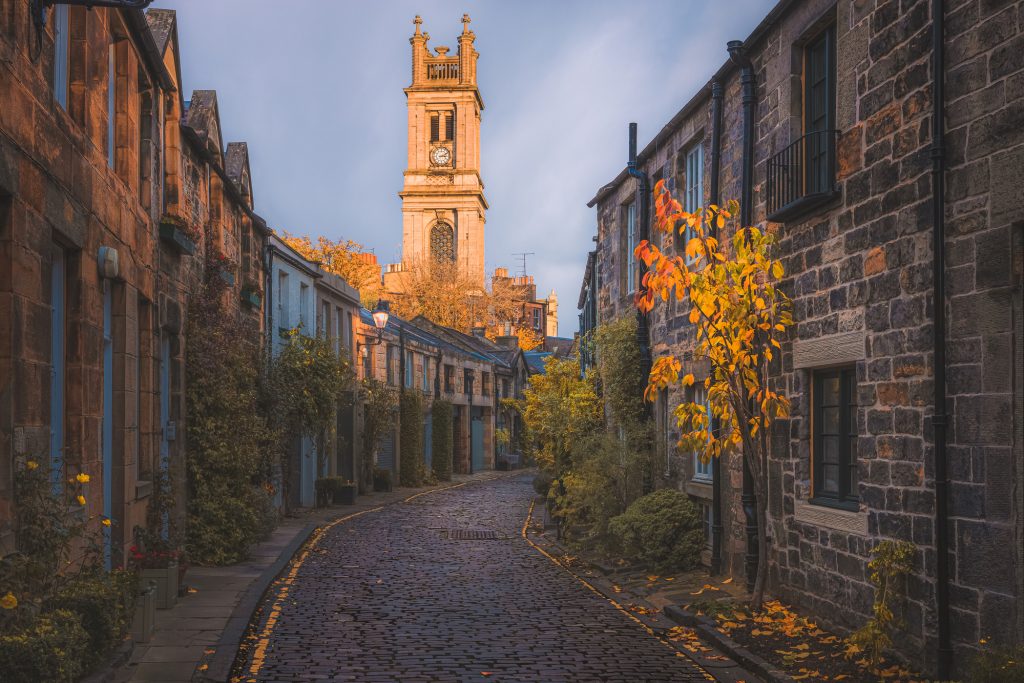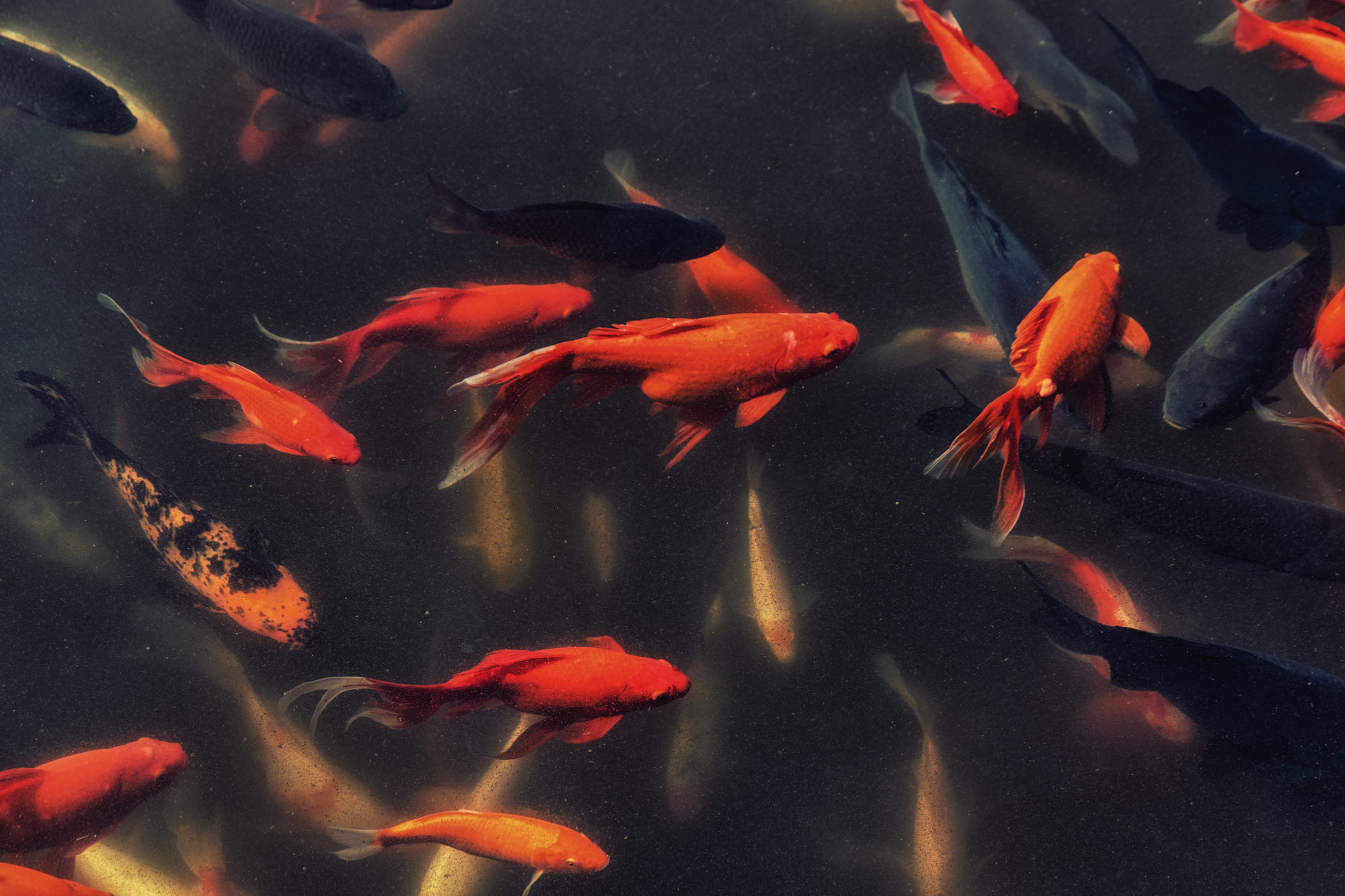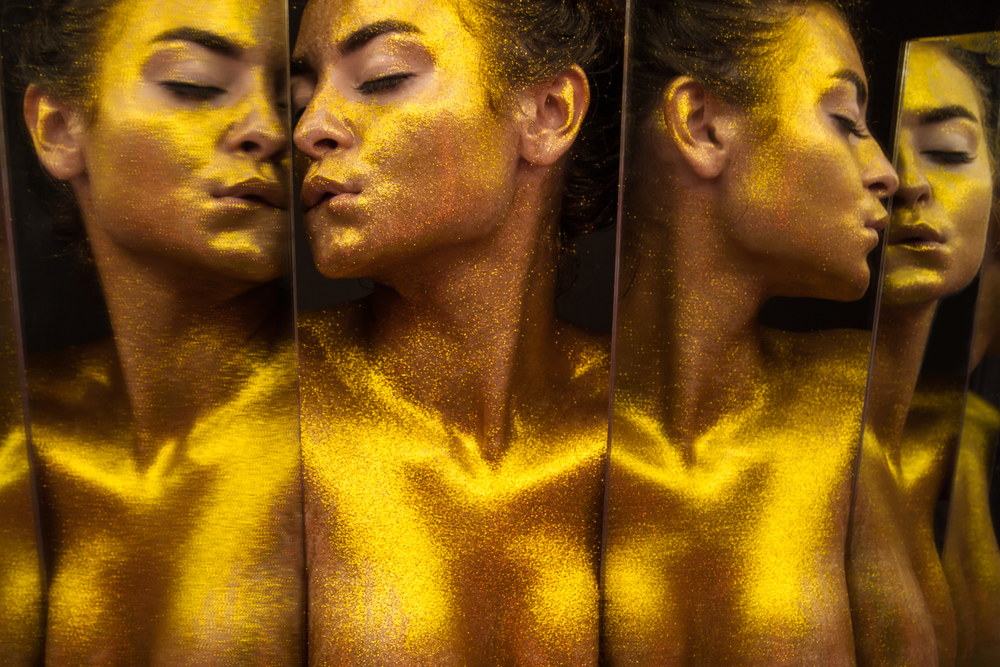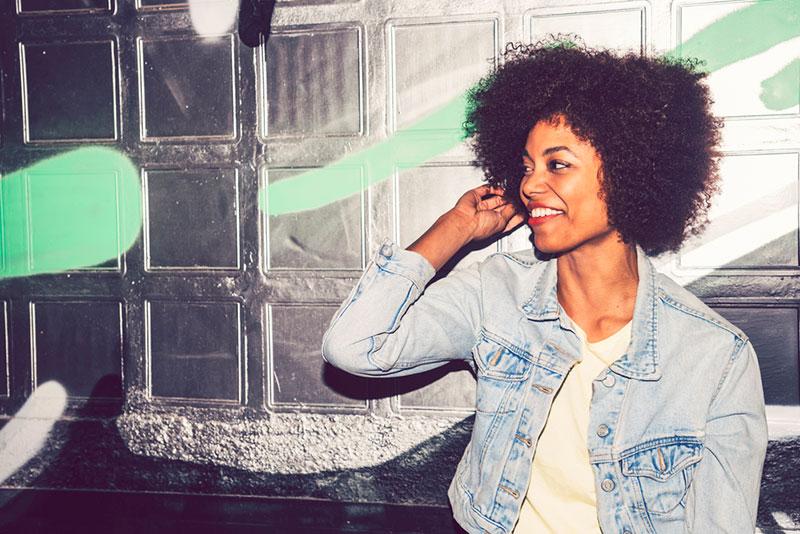Fine Art Photography Tips
What is fine art photography? You may be unfamiliar with the concept, or you might not have a clear understanding of what it involves, so we’ll explore it in-depth in this article. On top of that, we’ll share a number of tips that you can rely on if you’re interested in pursuing this artistic direction. Keep on reading to discover more!
What you will find in this article:
- What is fine art photography?
- Types of fine art photography
- Fine art photography tips
- How to sell fine art photography
- Fine art photography examples
What is fine art photography?
Fine art photography is a field that prioritizes the creative vision and expression of an artist. There are neither commercial nor documentary elements to it.
The main purpose of fine art photography is to express a particular message, an idea, or a feeling that a photographer has. It’s also known as artistic photography or photo art.
Some contemporary critics say that photography, in general, isn’t “real art”, or that digital technology and its accessibility have decreased its significance. However, this is only one opinion out of many, and we disagree with it. All art is subjective, so there’s no universal way to perceive it.
Fine art photography is one of many different kinds of photography, such as fashion photography or wildlife photography, and it’s also a credible artistic and creative practice.
Types of fine art photography
-
Still-life photography
Still-life used to be one of the most common genres in fine arts, but it also exists in photography. Its main feature is to depict inanimate objects, such as plants, ceramics, clothing, everyday items. But you don’t have to limit yourself to those particular options. You can create still-life photos with any object you find appealing and worthy of creative exploration.

-
Long exposure photography
This photographic type involves an atypically slow shutter speed, as opposed to an average one that is 1/60. Usually, it’s a conscious choice made by photographers willing to take a particular kind of shot. What’s also interesting is that there’s no defined speed that makes it long exposure photography, so it’s up to you to experiment and find the settings that work for you based on different circumstances.
-
Silhouette portrait photography
Silhouette portrait photography is when a light source is behind your subject, instead of being in front. It’s an especially creative endeavor, but it also requires specific technical knowledge and skills. To make it work, you need to try different lighting options and practice adjusting your equipment to these unusual settings.
-
Fine art landscape photography
This is an easy one, right? Fine art landscape photography is all about expressing your unique artistic vision through capturing the landscape surrounding you. It’s more realistic than other fine art photography, and it even has some documentary features to it. However, it depends on the idea you have and the way you choose to embody it.
Fine art photography tips
1. Create a detailed concept
This advice is relevant for any creative practice, but when it comes to fine art photography, it’s undoubtedly one of the key success factors. There’s no real-life process to capture or commercial goal to achieve. All of your attention is dedicated to expressing an emotion, or sharing a message that you have in mind and bringing your vision to life. The more detailed your concept is, the better.
2. Use professional equipment
It doesn’t guarantee anything, but it allows you to feel much more confident, and to focus on your creative process. Art photography can be challenging and demanding, so having access to high-quality tools can help a lot. On the other hand, it’s much more flexible, and you get the chance to follow your instinct instead of strict rules.
3. Choose a unique location
The environment of the shot can both make it or break it. And it’s important to make this choice very carefully while also taking your key idea and general vision into account. If your subject is pretty complex, and you want to pay attention to the details, it might be better to have a simple backdrop. However, if you’re interested in showing something on a larger scale, a specific location that reinforces your vision can be a real game-changer.
4. Find expressive models
Fine art photography ideas often involve demonstrating complex emotions or being open-minded and daring. This isn’t a task for everyone, so make sure that you dedicate enough resources to your casting, and make a choice that fits your fine art photography project. Consider hiring professional actors or performers instead of models. Their skills and experience on stage or in front of the camera can be extremely beneficial.
5. Open up and be personal
Nothing resonates more than personal stories. But they’re also especially challenging to work with. If you feel ready to explore personal experiences, consider this option. As fine art photographer Katalin Száraz mentioned in our special project The Photographer’s Way, “If you have the courage to open up about personal issues through your work, it can result in powerful art”. Hopefully, you can find some inspiration in these words!
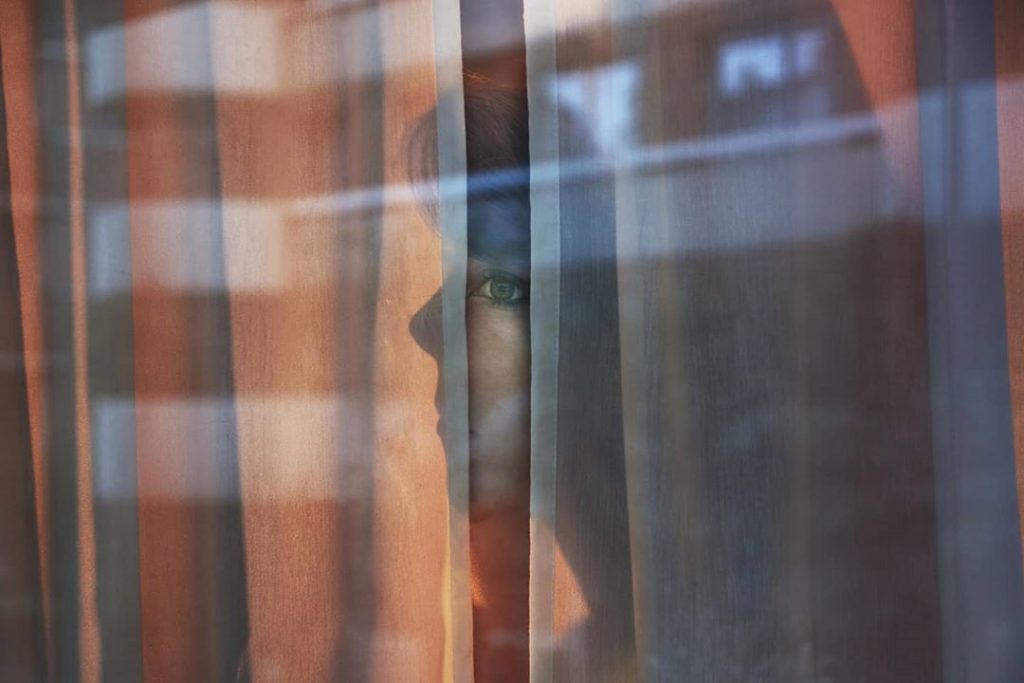
6. Simplify everything you can
It can be daunting to be involved in fine art conversations or discussions of complex pre-production preparations. And it’s time to give potentially one of the most unexpected fine art photography tips – simplify as much as you can at every stage. If you don’t have a professional camera – borrow one or even use your phone! If you cannot afford a specific shooting location – use a white backdrop. If you have no idea how to find a professional model – start with fine art self-portraits. Your creative path is totally unique, so you can make your own choices along the way!
7. Use both digital and film
Fine art photography is a field that provides a ton of experimentation and potential. It comes down to your willingness to give something new a chance. If you’ve always shot on film, go digital for a change or vice versa. It might be confusing and irritating at first, but the outcome may pleasantly surprise and even impress you.
How to sell fine art photography
Join a local community of artists
It’s always a good idea to surround yourself with like-minded people, learn from them, and organize something together like a small exhibition or even an art sale online or offline.
Sell your work on stock content platforms
This is where you can merge creativity and commercial interest. Create your best work and publish it online where people who look for fine art photography can find you and pay for your art pieces. If you consider this option, check out our guide on how to become a Depositphotos contributor.
Submit your photos to contests
Fine art photography is an especially challenging space in modern times, but don’t let it scare you away. There are relevant contests all over the world, and you often apply from wherever you’re based. It might not lead to anything right away, but it’s a powerful tool for making connections, bringing awareness to your artwork, and eventually building a full-on career and earning a living this way.
Sell fine art photography prints
Imagine others living with your artwork and seeing it every day. Inspiring, right? Well, it’s more than possible to make it happen. And it could be your source of income too. Be creative, practice a lot, try a few different printing manufacturers, and you’re ready to go. You can then sell your prints through social media, or a personal website built on one of many easy-to-use platforms.
Wrapping up
Now that you’re familiar with fine art photography and some relevant tips, hopefully you feel prepared and excited about this creative journey. Keep in mind that preparation is everything, but don’t overthink it and allow yourself to simplify your process whenever you can. Let 2022 be your year of artistic exploration and experimentation!
